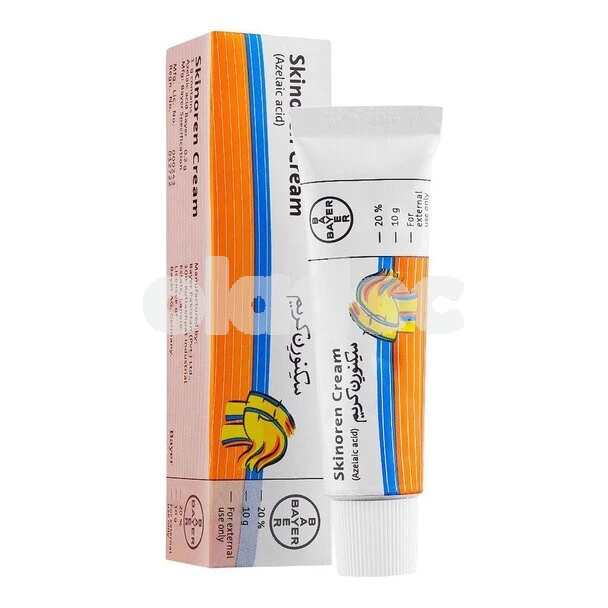A stroke is a serious condition that occurs when blood supply to a part of the brain is blocked. It can also happen due to the bursting of a blood vessel in the brain. A stroke can leave long-term adverse effects on the patient’s health including disability, and can even prove to be fatal in some cases.
Keep reading to know all about the types, symptoms, and recovery steps for a stroke.
Table of Contents
Types
There are two main types of stroke:
1. Ischemic stroke
An ischemic stroke happens when blood vessels to the brain are blocked by blood clots or certain other particles. Fatty deposits known as plaque can also clog the blood vessels responsible for supplying blood to the brain, thereby increasing the chances of a stroke. Ischemic strokes are the more common type of stroke.
2. Hemorrhagic stroke
A hemorrhagic stroke occurs when a blood vessel in the brain begins to leak blood or ruptures. The resulting pressure created by the leaking blood can damage the brain cells. Hemorrhagic strokes are less common than ischemic strokes but they can often be more serious and life-threatening.
Symptoms
Following are the common symptoms of a stroke:
- Blurred or double vision
- Slurred speech
- Face drooping
- Confusion
- Severe headache without any known cause
- Weakness or numbness of the arm, leg, or face (this often happens on one side of the body).
Recovery
To reduce brain damage, and prevent severe complications, it is important to seek medical help at once in case of a stroke. Several treatment options are available based on the type of stroke and the severity of the condition. Sometimes surgery may also be required.
After the treatment of a stroke, rehabilitation is of utmost importance to improve the quality of life in patients and to restore health.
The recovery time after a stroke is different for everyone. It can take weeks, months, or years. Some patients can recover fully or to a great extent, while others have to face long-term or permanent disabilities due to damage done to the brain tissue.
Among other goals, stroke rehab seeks to help patients recover by improving their cognitive, emotional, and physical functioning. This can be done in many ways:
- Physical Therapy: Physiotherapists can help stroke patients regain their mobility and strength through certain exercises. These exercises can be beneficial for improving coordination and restoring the balance of movement.
- Speech therapy: Speech therapy can be useful for patients who face problems speaking or understanding speech. This is usually the domain of specialists known as speech-language pathologists (SLPs).
- Occupational therapy: This type of therapy focuses on the improvement, and sometimes re-learning of self-care skills including, eating, drinking, grooming, bathing, dressing, reading, writing, and other daily living activities. You can consult an occupational therapist in Lahore through oladoc.
- Improving emotional-well being: Following a stroke, the patient requires special care and support from their family, friends, as well as medical specialists to help cope with anxiety, depression, and other kinds of post-stroke emotional changes. Joining a support group can also help in this regard.






